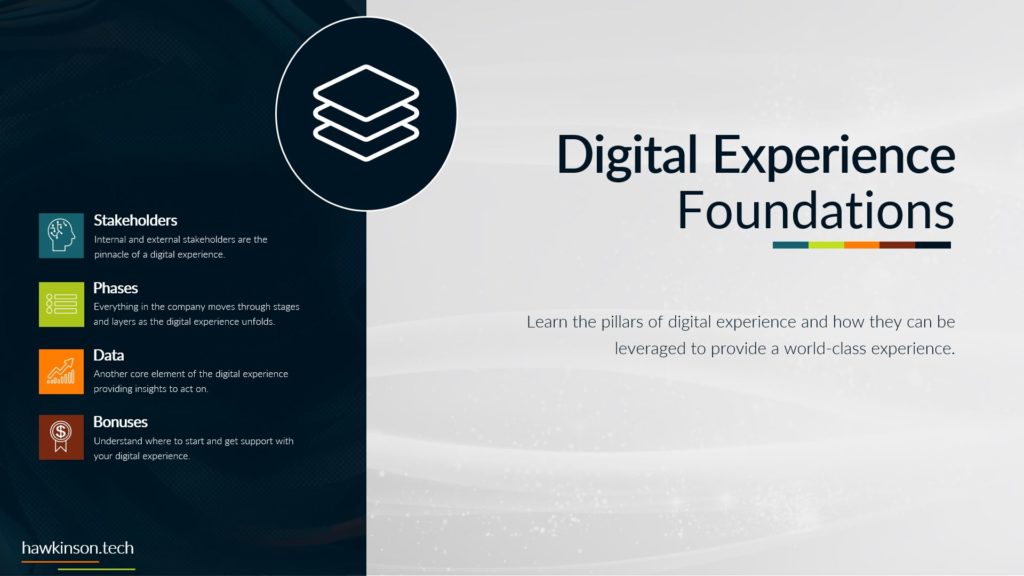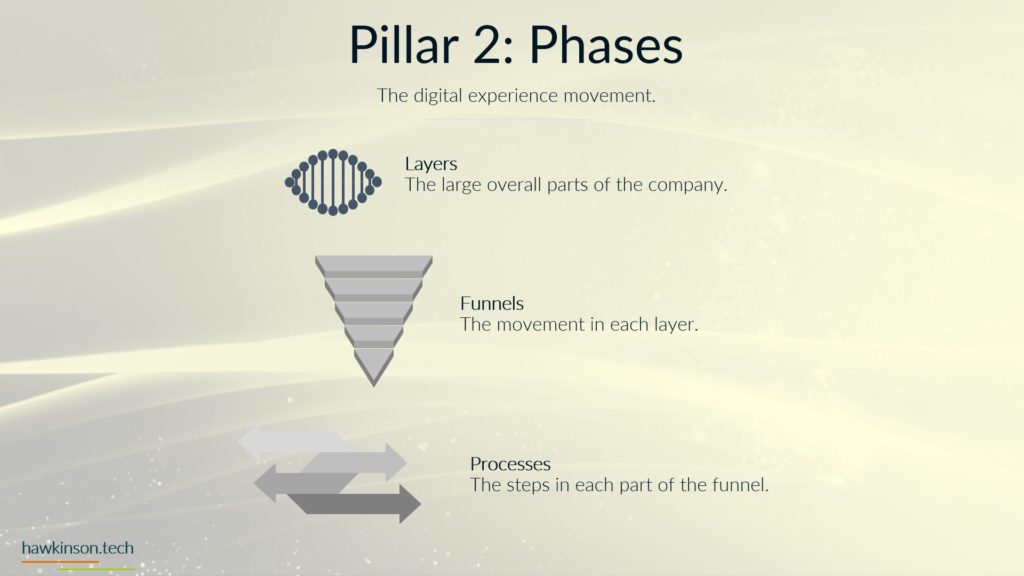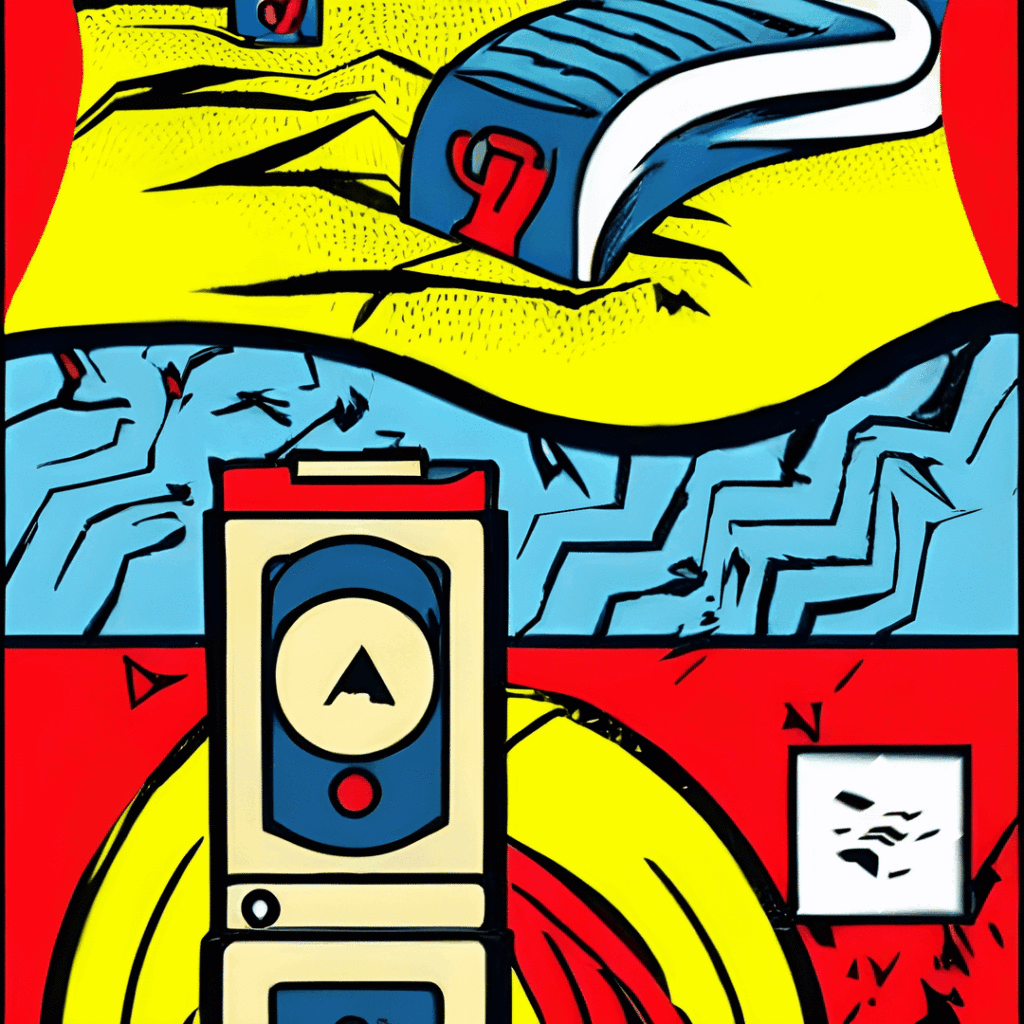It’s time to delve into the fascinating realm of experience design. This pivotal process empowers organizations to shape their overall experience, tailor every aspect of their operations, and create exceptional outcomes. This article will explore the key elements of experience design and its profound significance in transforming organizational interactions and stakeholder experiences.
Tailoring Every Aspect for the Desired Experience
Experience design uniquely allows organizations to customize every aspect of their operations to align with their desired experience. The possibilities are endless, from designing personalized company merchandise that reflects the brand’s identity to exploring innovative printing sources for unique memorabilia. Experience design breaks free from the limitations of bulk purchases, allowing organizations to create customized items in small quantities. Moreover, experience design extends to the organization, enabling the design of roles, processes, and workflows that align with stakeholder expectations and aspirations.
Fostering Stakeholder Engagement
At the heart of experience design lies stakeholder engagement. Organizations must ensure consistent and meaningful engagement with all individuals connected to the organization, including employees, clients, and customers. By actively engaging employees, organizations foster a positive work environment, enhance employee retention rates, and cultivate a strong sense of community. Similarly, nurturing engagement with clients and customers builds lasting relationships, fosters loyalty, and prevents churn. Experience design empowers organizations to create positive experiences with stakeholders, cultivating deeper connections and mutual growth.
Harnessing the Power of Emotion
Emotions play a significant role in the design of experiences. Even individuals who consider themselves logical thinkers are influenced by emotional interactions with organizations. Understanding the intricate relationship between emotion and engagement is crucial. Experience design enables organizations to control and shape the emotions stakeholders experience during their interactions. Organizations can design processes that mitigate negative emotions and cultivate positive, harmonious experiences by identifying and addressing potential frustration points. This deliberate emotional influence fosters stronger relationships and encourages stakeholders to remain connected to the organization.
Drawing Inspiration from Kansai Engineering
Experience design draws inspiration from diverse fields, including the captivating principles of Kansai Engineering. Originating from product design, Kansai Engineering focuses on infusing emotions into products by carefully considering texture, color, materials, and more. This approach extends beyond product design and can be applied to various aspects of experience design. Understanding stakeholders’ steps to achieve their goals and the associated emotions allows organizations to create deeply satisfying experiences. By incorporating Kansai Engineering principles, organizations can design experiences that leave a lasting impact on stakeholders.
Leveraging Tools and Resources
Equipping organizations with the right tools and resources is essential for effective experience design. Whether it’s software, physical tools, or data analysis capabilities, having the necessary resources empowers organizations to create the desired experience. These tools facilitate the seamless movement of assets, stakeholders, and information throughout the organization, ensuring efficiency and cohesiveness. A thorough understanding of the available tools and resources within the organization enables the identification of potential gaps and adopting of appropriate solutions. Experience design thrives on the synergy between creativity and the right tools.
Understanding Movement within the Organization
Recognizing the movement of various components within the organization is a critical aspect of experience design. Assets, stakeholders, data, and finances each have unique movement patterns. Effective experience design involves designing processes, steps, and emotional cues that foster the desired movement. Understanding the interconnections and interdependencies within the organization allows for creating a cohesive and inclusive experience. By mapping and optimizing these movements, organizations can streamline processes, enhance efficiency, and deliver a more satisfying experience to stakeholders.
As we continue our exploration of experience design, we have discovered its transformative power in shaping exceptional organizational experiences. By tailoring every aspect, nurturing stakeholder engagement, harnessing the power of emotion, drawing inspiration from diverse fields like Kansai Engineering, leveraging appropriate tools and resources, and understanding movement within the organization, organizations can create holistic and resonating experiences for their stakeholders. In the next chapter, we will unravel the significance of the digital world in shaping the overall experience and uncover its transformative potential. Get ready to embark on a digital journey that revolutionizes organizational interactions and elevates stakeholder experiences.

















